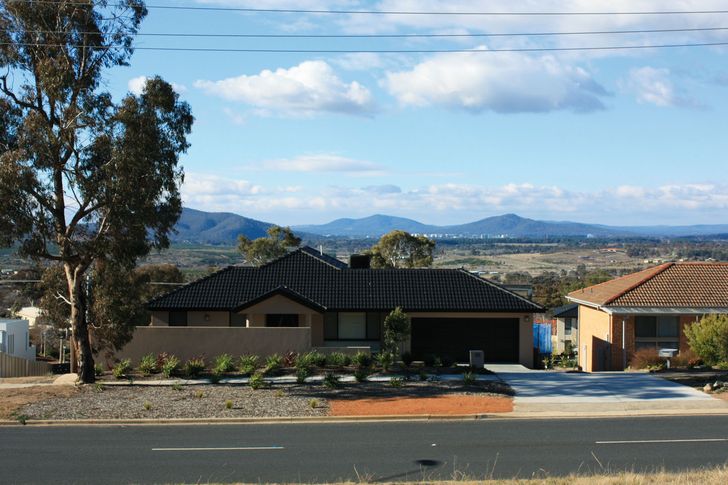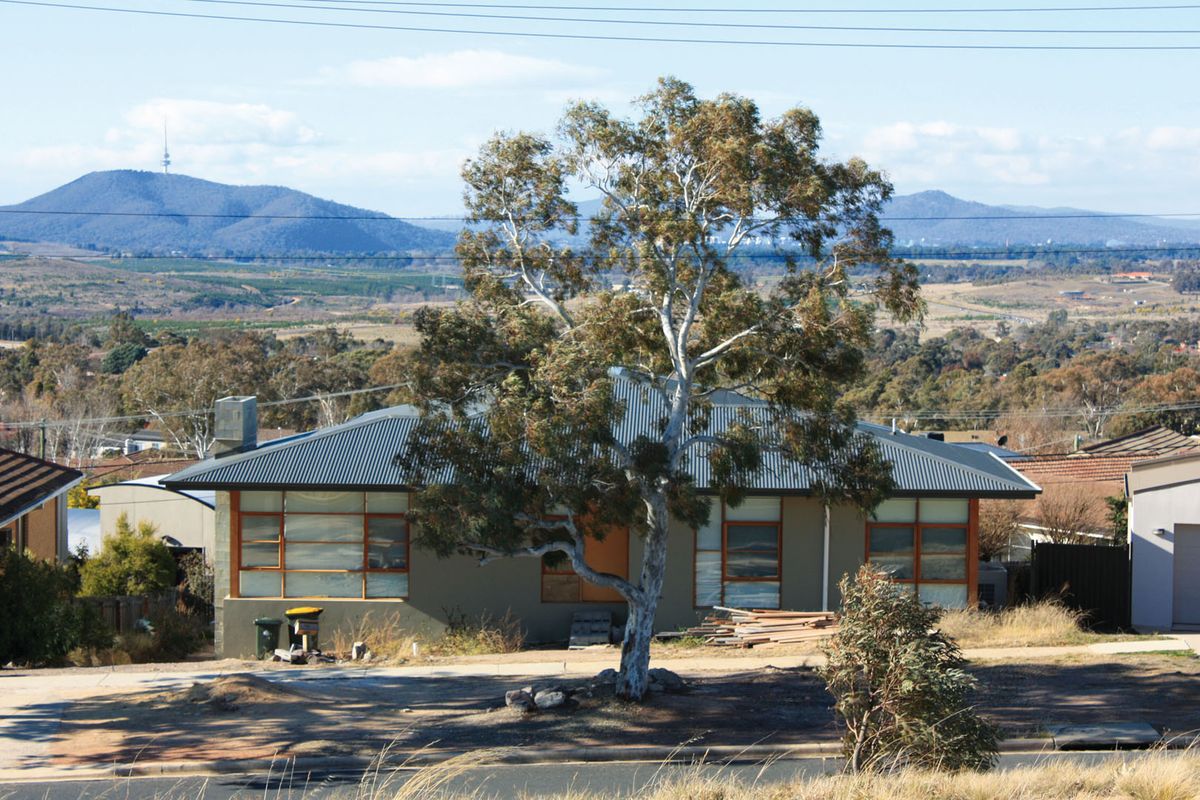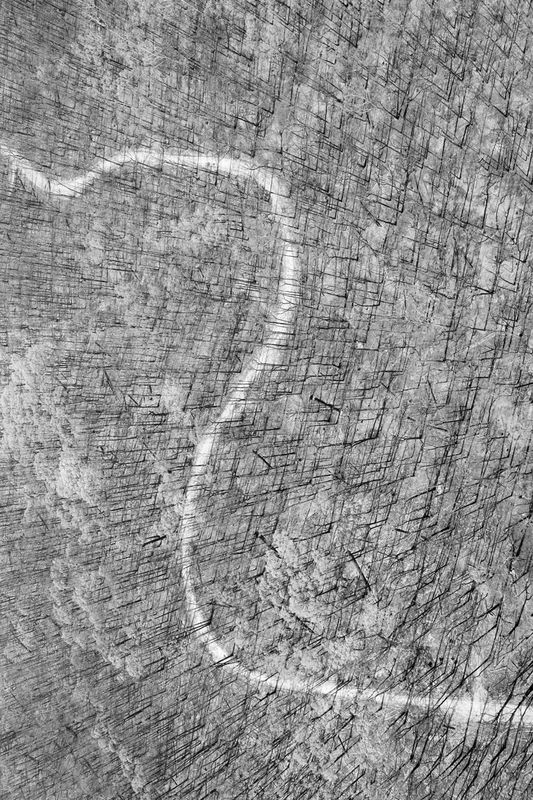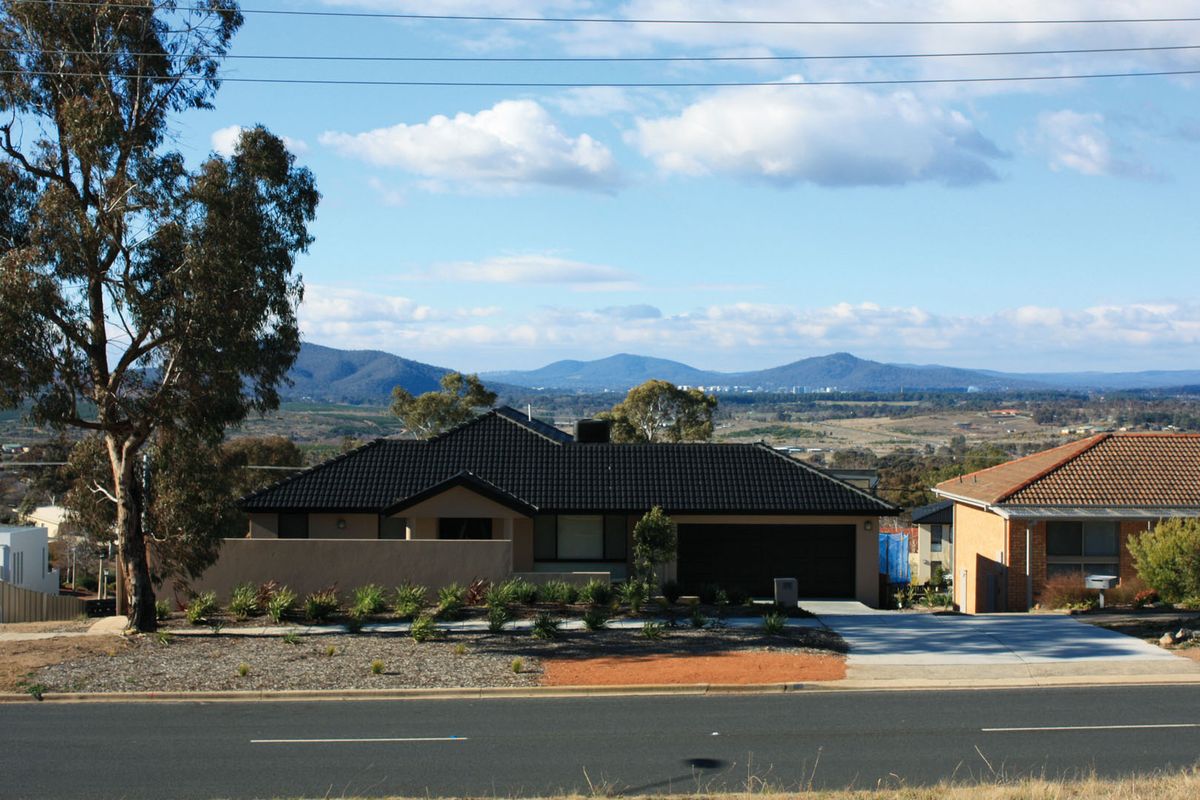On 20 January 2003, just after the Canberra bushfires, Padraic McGuinness wrote an opinion piece in the Sydney Morning Herald. He claimed, “There has been an artificially sponsored belief among Canberra residents that they could work in highly paid urban conditions while enjoying the benefits of a semi-rural, or at least fringe bush, lifestyle … The best thing that could be done now … is to abolish the ACT.” Like many at the time, McGuinness wanted to lay blame for the event. After the Victorian bushfires in February 2009, media commentators felt the same need. This social determinism is the sort of panacea approach that is both unhelpful and ignored by many of the residents, who have returned to their homes in either the bush capital or Victoria’s fire-prone forests.
The lessons that can be learned from the 2003 bushfires are not just the province of royal commissions. Landscape architects and planners will reflect on what could have been done better but, more importantly, they should engage in the redevelopment of these towns as early as possible. Our role is not just to design new parks and streetscapes, but to engage the community in a discussion about the changing landscape pattern as caused by the fires. Our role is to ask what sort of landscape will be created by the homes, shops, roads and other infrastructure of the new post-fire towns. Nine months on from the February 2009 devastation we should take a moment to step back before we step in, and learn from the redevelopment of Canberra.
Seven years have passed since bushfires destroyed around five hundred houses on the south-western edge of Australia’s suburban capital. The local media occasionally reports on how the community is holding up but the fires have faded from the radar of most Canberrans. The landscape also appears to have recovered and very few visible clues remain; some of the Eucalyptus bridgesiana along Eucumbene Drive in Duffy bear partially blackened trunks as the persistent bark can take many years to flake off. Yet residents who lived through the fires and subsequent rebuilding and replanting see a very different landscape from the one before 18 January 2003 and this became a focus of my research at the University of Canberra.

Landscape architects played a vital role in the recovery of the suburban landscape of Duffy in Canberra after the bushfires of 2003.
In 2007, a group of students assisted me in a research project to measure change in the landscape configuration of Duffy. The project examined changes to landscape at two scales. Firstly, we measured the change in floor area of a sample of development applications for new houses that were built to replace the destroyed homes. Secondly, we spatially mapped the change in tree cover using NVDI (normalized vegetation differentiation index) at the suburban scale. The findings were not surprising. They revealed an increase in house size which was consistent with the McMansion trend identified in many other types of infill and greenfield development in Australia, and showed that tree cover has been greatly diminished by the fire and by post-fire removal of damaged trees, and will take decades to recover.
Using these tools we were clearly able to see change, but what was also evident was the speed at which the change occurred. In five years over 95 percent of the houses had been rebuilt. At the peak of the redevelopment activity, the ACT planning authority processed over three hundred development applications in six months, whereas normal application rates in the Weston Creek precinct were around three per year. In 2009, a visitor to Canberra without specific knowledge of the fire could drive down Eucumbene Drive and see impressive new houses built on the suburb’s most desirable blocks of land; in effect the fire became a catalyst for gentrification. So what role did planners, architects and landscape architects play in the redevelopment of post-fire Canberra? Who and what were the agents of change? Was it market opportunism buoyed by a healthy speculative mood at the tail end of the long boom? Or was it a community desperate to return to a suburb permanently changed?
Today, architectural exemplars and master-built project homes sit side by side looking over the unaffected low-density suburban valley of Weston Creek. Landscape architects played a vital role in the recovery of the suburban landscape. Karina Harris and Neil Hobbs, along with the ACT government department Canberra Urban Parks and Places, won an AILA environment award in 2006 for their use of trees in the urban environment. Their replacement strategy included extensive community consultation at a time when the fires were still fresh in the minds of the community and the landscape was often held responsible for causing much of the loss.
Individual briefs to architects and landscape architects were easy to come by at a time when practices were struggling to meet the demand of a voracious market but other factors were also at play. Approximately half the residents in Duffy chose to stay and rebuild, and half left the suburb, causing vacant blocks to flood onto the market. The economy was in overdrive, interest rates were low and tax cuts in July were as expected as Christmas parties in December. Many blocks changed hands two, three and sometimes four times before any construction began. An undercurrent of antagonism between those who lived through the fires and those who bought in afterwards slowly disappeared as the reconstruction effort profoundly changed the configuration of the suburban landscape.
Landscape architects played a vital role in the recovery of the suburban landscape of Duffy in Canberra after the bushfires of 2003.
The study showed that the majority of developers took full advantage of the 50 percent site coverage rule on blocks up to eight hundred square metres in size. The new, larger house footprint resulted in a substantial reconfiguration of the leftover landscape. The blocks now feature the ribbon of green that circumnavigates most houses in the masterplanned fringe estates of many towns and cities in Australia. The bush suburb legacy, most visible in the untouched streets, has been covered over so comprehensively that it is unlikely that it will ever resurface. To suggest this is necessarily a bad thing is to presume that an Arcadian scenic ideal existed in the minds of the pre-fire community – clearly the agents of change, both human and non-human, are more complex and nuanced than this.
There are, however, lessons to be learned from the Duffy experience for communities in Victoria. The combined effects of a coordinated government clean-up, the flow of capital generated by a speculative market and a generous philanthropic spirit resulted in a rapid change in Duffy that seemed to lack any sort of control and, as a result, only after the event can the nature and extent of change to the landscape be measured. Landscape architects should get involved in the recovery of towns in Victoria as soon as possible – not to plan new parks and streetscapes, but to engage in discussion about the changing landscape and to uncover the vestiges of the lost suburban pattern that made these towns so desirable to live in. I would argue for a landscape approach to lead the planning effort of the whole town, not just the public realm. By taking a holistic approach, the conversation should not only include themes of restoration and recovery, but also the protection of landscape spaces that can never be recovered once built on.
Source
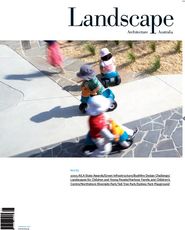
Practice
Published online: 8 Apr 2016
Words:
Andrew Mackenzie
Images:
John Gollings
Issue
Landscape Architecture Australia, February 2010


